The Nikon 1 AW1 is a big deal – it’s the first ever waterproof, interchangeable lens digital camera. For the most part, the AW1 is the same as the Nikon 1 J3, Nikon’s entry-level mirrorless camera. It shares the same basic features and performance, including Nikon’s 14.2-megapixel 1-inch “CX-format” CMOS sensor. However, the AW1’s rugged, waterproof design sets it apart from the J3 and other mirrorless cameras and puts it in a class all by itself.
We first tested the Nikon 1 cameras back in 2011, when they were first introduced. The first generation J1 and V1 had a 10-megapixel CX-format sensor; and while the cameras impressed with their speed, video and auto focus performance, I wasn’t really impressed with the image quality (read our Nikon 1 J1 review). It was decent, but not competitive with other mirrorless cameras. So my expectations for the AW1’s image quality weren’t very high. On the other hand, since the AW1 is waterproof and shockproof, it isn’t all about image quality or even the auto focus performance and speed. It has a much broader appeal, regardless of its image quality. Nikon surprised me, though. The new 14-megapixel sensor is considerably better than the original 10-megapixel CX sensor. I had hints of the improvement while I was shooting with it but it wasn’t until I Compared the AW1 and J1 ISO 800 studio tests side-to-side that it became clear – the new sensor is much better than the original. My J1 images had a somewhat dirty, gritty feel. The new sensor feels much cleaner to my eye with smoother tonal blends and better color. There’s less noise and with a 40% increase in resolution, the new 14-megapixel sensor captures much better detail for landscape photos.
The most important cameras to compare to the AW1 are rugged, waterproof point-and-shoots. I think those are the main competition. And here, the AW1 is clearly superior. And not just by a little bit – it’s a whole lot better. We’re just analyzing image quality in this article, though – we’ll leave performance comparisons for the forthcoming full review. The bottom line is, the Nikon AW1’s CX-format sensor is much larger than any waterproof point-and-shoot sensor – plus it can shoot RAW, allowing the photographer to get better white balance and fine-tune the image quality with post-processing software. Take a look at the comparison, below. On the left is a 100% crop from our Nikon 1 AW1 ISO 800 RAW studio sample; and on the right, our Olympus Stylus TG-1 JPEG studio test. I think the Olympus TG-1 / TG-2 (both cameras use the same sensor and processing so the image quality is the same) is the best waterproof point-and-shoot on the market, with great image quality – for a waterproof point-and-shoot. But you can clearly see there’s a dramatic difference in image quality and the AW1 is much better.
The Nikon 1 AW1 image quality isn’t as good as a Micro Four Thirds camera (compare to our Olympus OM-D E-M1 sample photos) and certainly isn’t as good as an APS-C sensor mirrorless camera or DSLR. But the new sensor is good enough that it no longer feels like a big compromise, as it did to me with the J1. And if you want a really serious waterproof camera with a good sensor, RAW shooting, interchangeable lenses and no need for an expensive and bulky underwater housing, then the Nikon 1 AW1 is the only game in town.
Enough analysis – it’s time to move on to the samples and let you judge for yourself. Our Nikon 1 AW1 studio tests were shot RAW at all ISO settings in aperture priority mode at f/7.1. White balance was set for the tungsten pre-set. The color is a bit on the yellow side and it could be the preset or it could be my lights are starting to shift. I noticed while I was making these tests that one is noticeably dimmer than the other. So feel free to disregard the white balance, if you want. The overall image quality won’t be affected, though. The RAW files were converted to 16-bit TIFFs in Lightroom 5.3 and the text, graybar and logo were added in Photoshop before the final images were saved as maximum quality JPEGs. No adjustments were made and no sharpening or noise reduction was applied.
Warning: these files are big – be patient while they download.
Nikon 1 AW1 Sample Photos
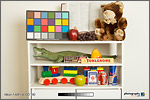 Nikon 1 AW1 ISO 160 Sample |
 Nikon 1 AW1 ISO 200 Sample |
 Nikon 1 AW1 ISO 400 Sample |
![]()
 Nikon 1 AW1 ISO 800 Sample |
 Nikon 1 AW1 ISO 1600 Sample |
 Nikon 1 AW1 ISO 3200 Sample |
![]()
 Nikon 1 AW1 ISO 6400 Sample |
![]()
Nikon 1 AW1 Preview >>
All Digital Camera Sample Photos >>
Related Content:
All Nikon User Reviews
All Mirrorless Camera User Reviews
Nikon Cameras Forum
Compact System Cameras (Mirrorless) Forum
All Mirrorless Camera News & Articles
All Nikon News & Articles
Nikon Web Site
All Digital Camera Pro Reviews
All Digital Camera Studio Sample Photos


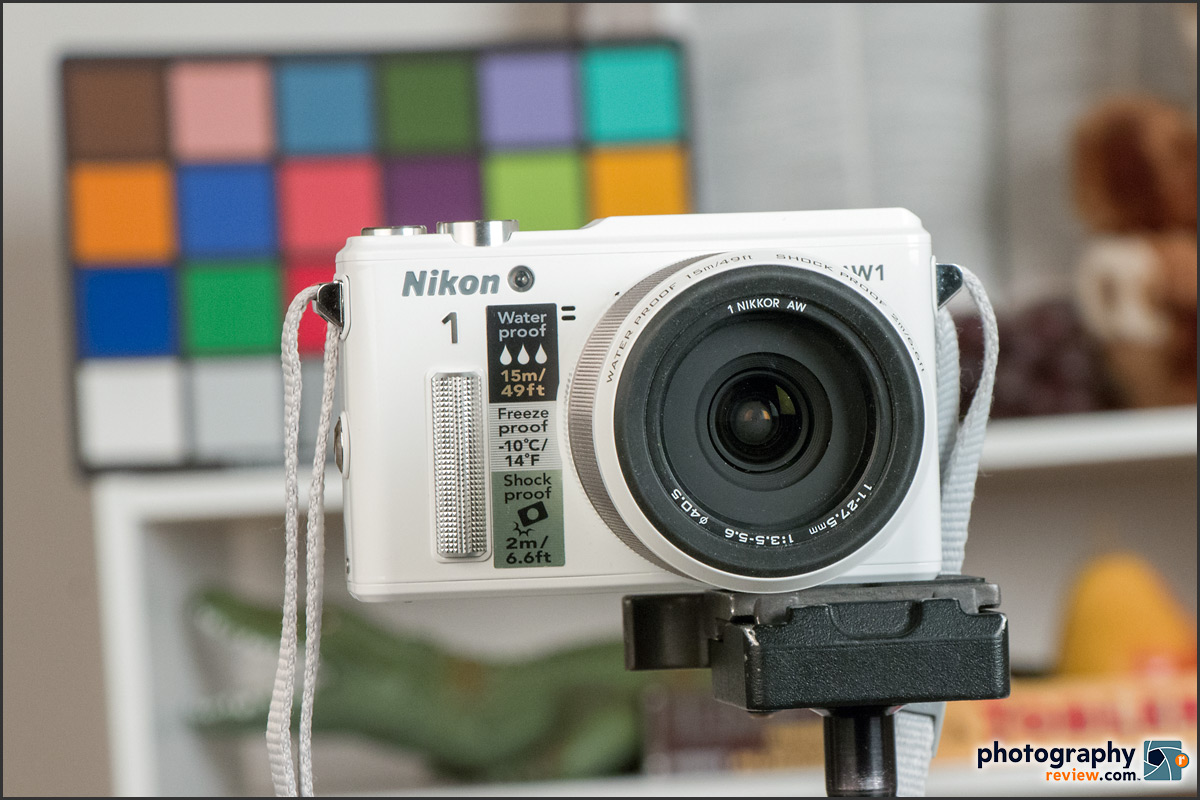
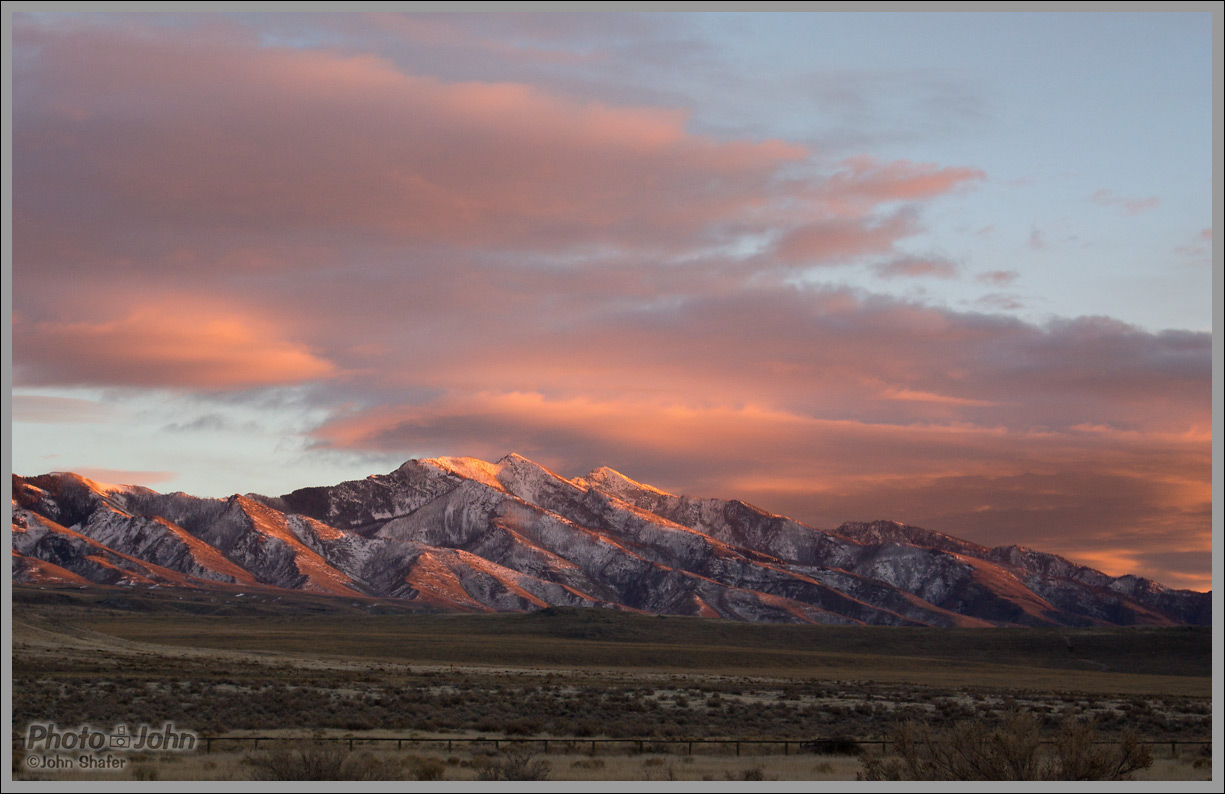
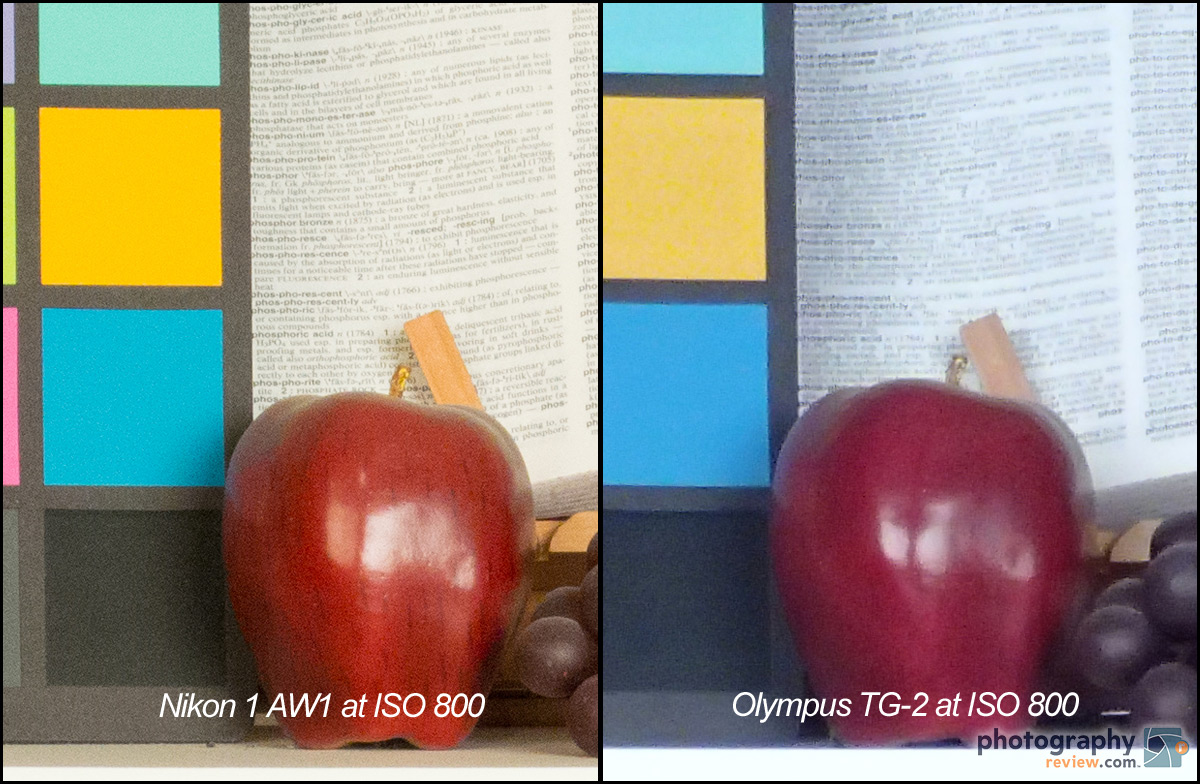
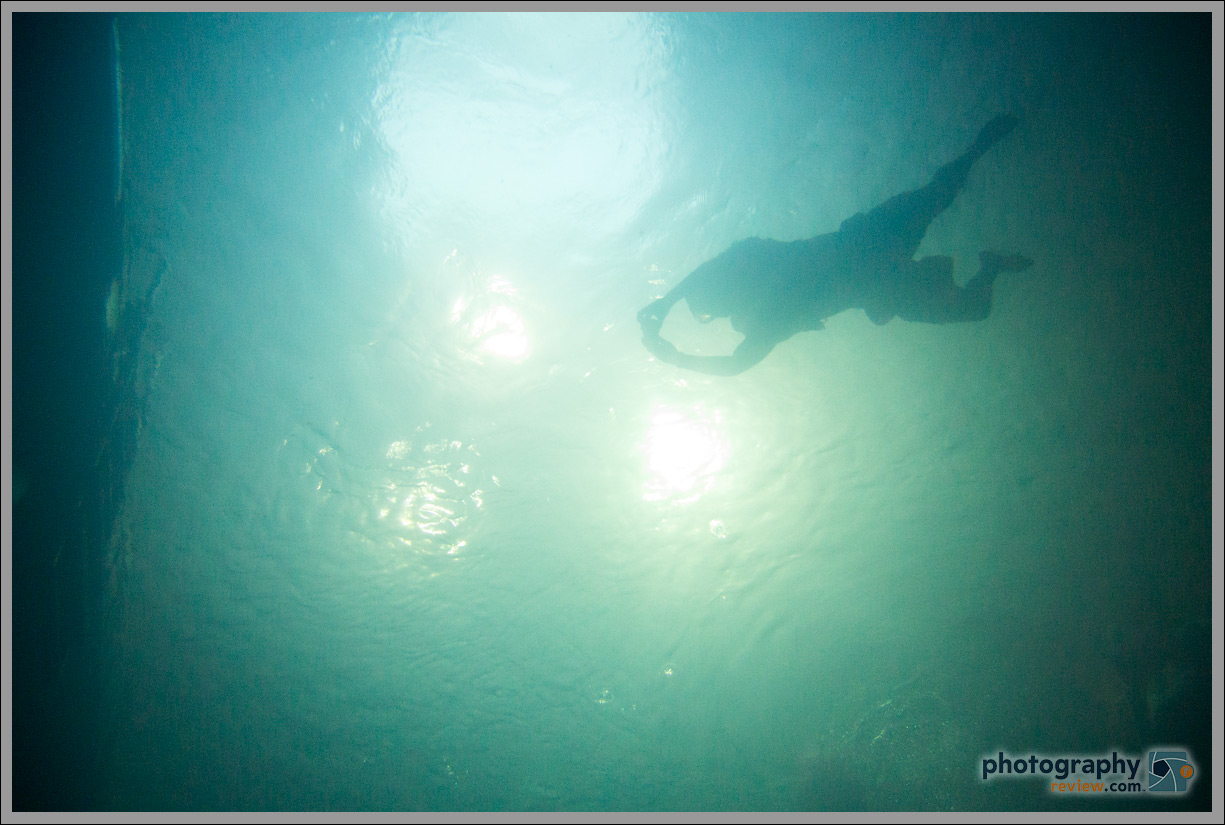
Leave a Reply